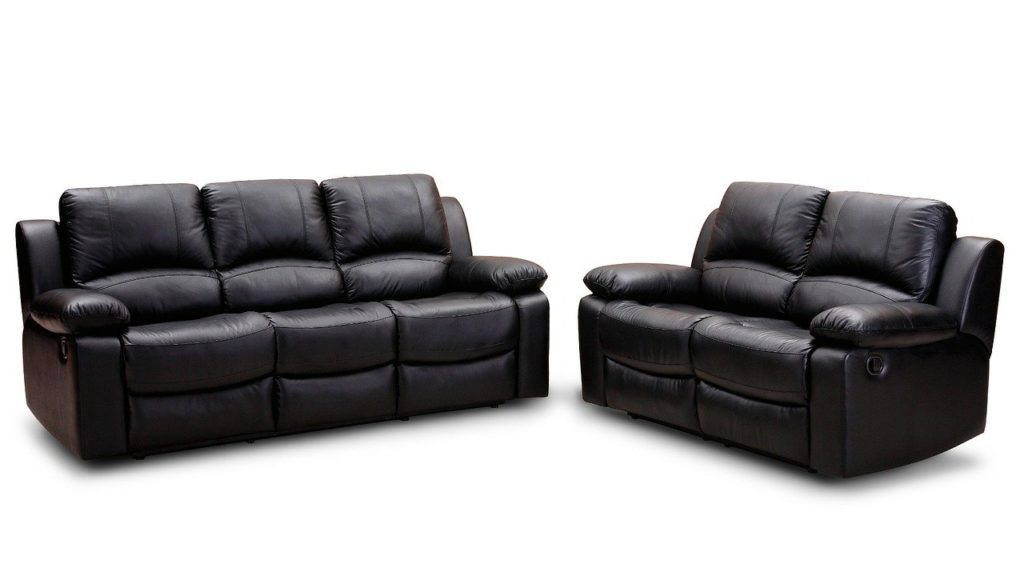
This week 3 different people in my Parkinson’s exercise classes asked me about proper sitting posture. If you do not have PD, keep reading, this information is for everyone. You may need to improve your own sitting posture. I will spend the next couple of weeks talking about posture.
Question 1: When I’m sitting my back hurts… Is it my chair?
Proper sitting posture is a combination of the chair and your body alignment, but mostly the later. I’ve sat in terribly designed chairs and was able to align my body correctly, but I sure wouldn’t own a chair like that.
I will start with alignment, since the answers to these questions will all fall back on these rules.
When seated in a chair,
- Sit with legs at 90 degrees at the hips and knees. Your knees can be slightly lower, but not higher, which happens often when you are tall and in a shorter chair. This puts you in a rounded-out low back position, and you want a slight inward curve.
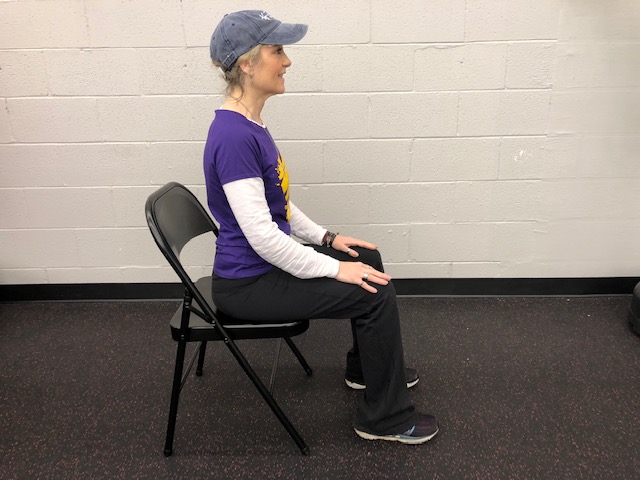
- Chair height matters, but you don’t always have control over that. If you are shorter (like myself), sit at the edge of the chair. You could also put a small riser under your feet to keep your back from swaying.
- Your ears should line up over your shoulders and hips. This allows your natural spinal curves to support you, allows room for your lungs to expand, and proper digestion to happen. If your head is forward from kyphosis (rounded upper back) then do the best you can to “Think Tall”.
- You should sit on your “Sit Bones”, the two boney knobs under your bum. You should form a triangle, evenly sitting on your sit bones and your pubic bone (at the front of your pelvis. It’s actually two bones, but feels like one).
- If you sit in front of your sit bones with your weight mostly on your pubic bone, you will create an overly sway back (lordosis). This creates a great deal of strain on the discs.
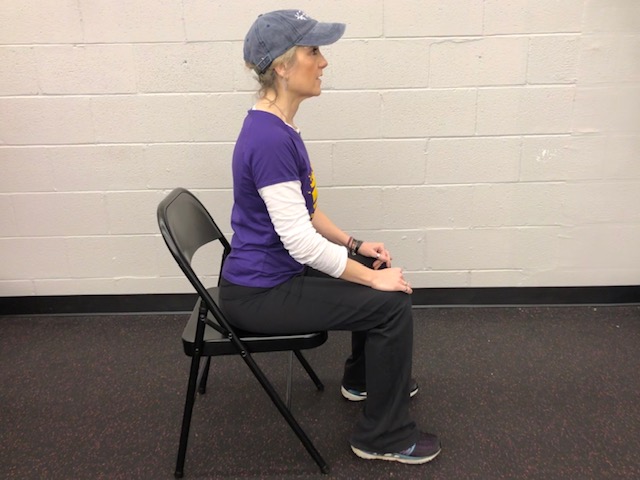
- If you sit behind your sit bones, you will create a rounded, slouched spine and tucked tailbone. There’s that “tucked tailbone” term again, like in my previous blog about hip hinging. See a pattern forming here?
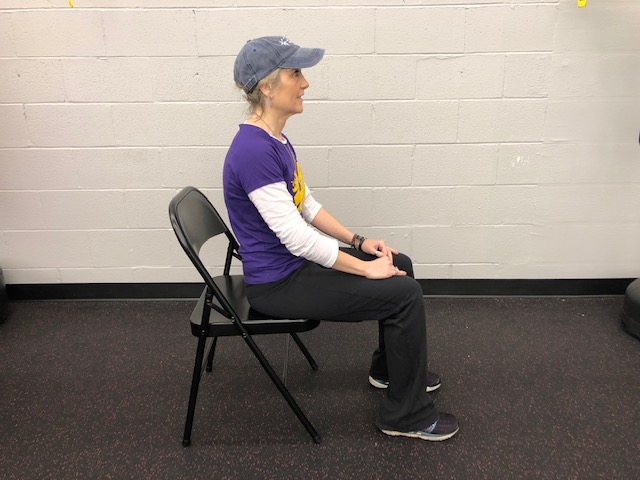
Sitting without using the back of a chair is ideal, but not at all practical if your back and core are weak. I suggest using a good lumbar cushion that supports upright posture. There are also wedges to pitch your pelvis forward into a better position (if you are tucked under).
Then there is the “I’m tired and I want to watch TV” position. This you see mostly at the end of the day. Kids often sit like this. People who already have stooped posture sit in a slouch because it feels like it’s the most comfortable and the back is relaxed. However, it’s actually creating even more dysfunction. Sitting like this is so bad! My back hurt just taking this picture.
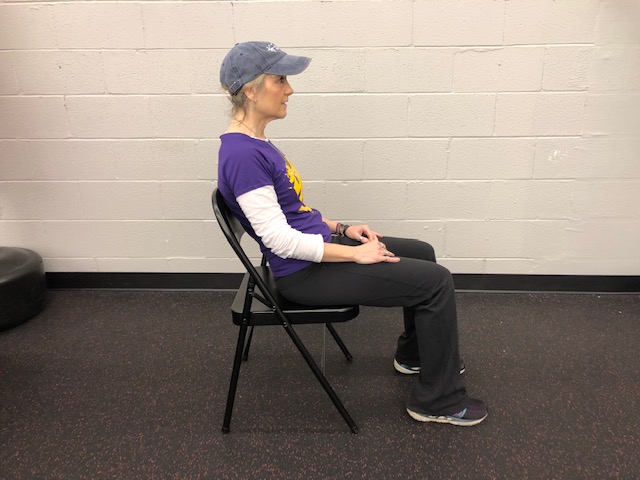
Straight backed chairs are best for upright alignment. You can also sit on a yoga ball if you have good balance. Cushy sofa and upholstered chairs put you in a forward “C” posture where your back is rounded as you sink into the cushions, which can lead to nerve compression, limited blood flow, and chronic back pain. Parkinson’s is already pulling you into this position, why help it along by spending hours in the same position?
Did you know that when you slouch you can’t breathe properly? Chronic slouching causes oxygen deprivation and affects your brain function, digestion, creates constipation, cardiac function, and your mood.
The fact is, it takes a great deal of strength to sit correctly. Your spine stabilizers in your back and core must fire to help the bigger muscles. You must constantly think about how you are sitting, at least at first. As you get stronger, you will be able to maintain proper sitting posture easier.
With Parkinson’s it is extra difficult to sit straight because you have anterior muscle tightness and often imbalance between your right and left rib cage that pulls you sideways.
Because we spend so much time sitting in our society, you must constantly fight to sit straight. If you don’t, you are becoming weaker and creating a worse posture. Try getting up and moving every 20 minutes. Sitting is really hard on your body.
I will be covering exercises to help with posture in future blogs.
Sit up straight, get out of that chair, and move often!!
💜 Coach Kimberly